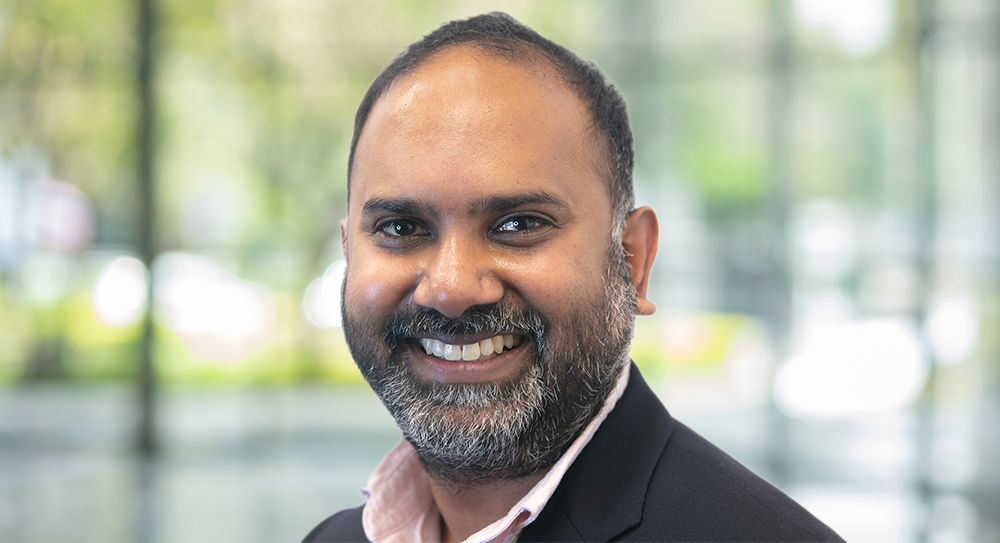In conversation: Do we even need standardisation?
A recent podcast discussion explored technological advances in data transmission, and asked if standardised reporting is still necessary?
Speakers
- Mike Dickey, head of product development, MUFG Investor Services
- Hamish...
Categories: AnalysisFundraising & fund structuringFund docsReporting & Transparency Accounting standardsTemplates






